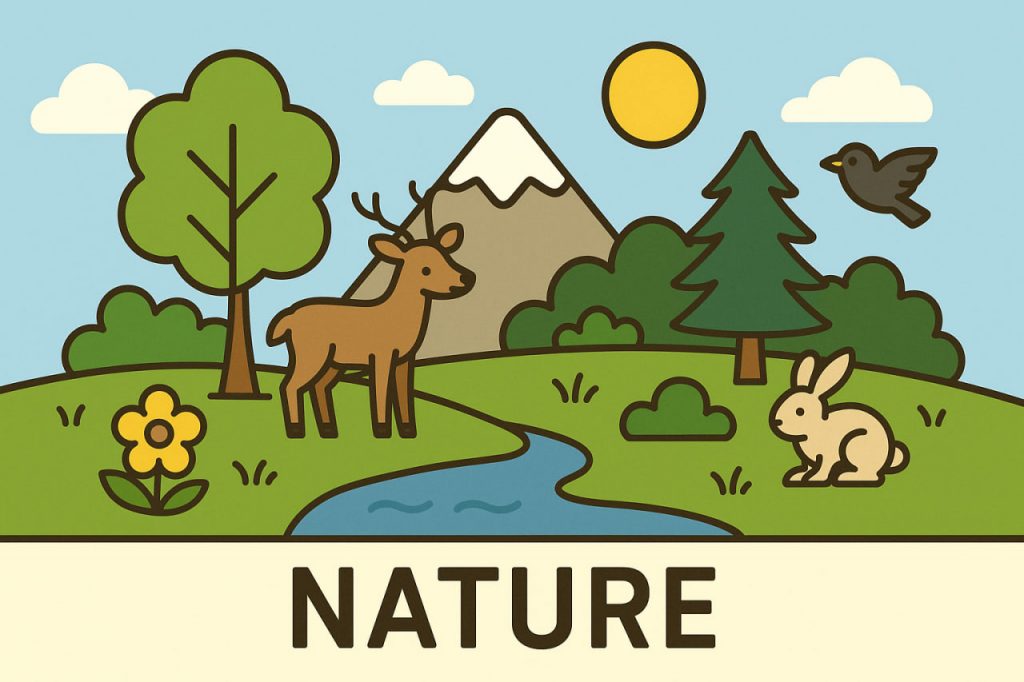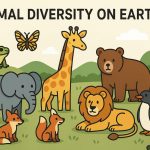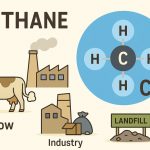Nature encompasses all living organisms, landscapes, and physical phenomena that exist independently of human activity. It includes forests, oceans, mountains, rivers, animals, plants, and the atmosphere. Nature is both a provider of resources and a delicate system that maintains balance on Earth. Without it, life as we know it would not be possible.
The Diversity of Life
A defining feature of nature is its incredible biodiversity. From microscopic bacteria to giant whales, millions of species interact within ecosystems. Each organism, whether predator, prey, or producer, plays a role in maintaining ecological balance. Biodiversity ensures resilience, allowing ecosystems to adapt to changes such as climate shifts or natural disasters.
Natural Resources
Nature provides humans with resources essential for survival: water, air, food, wood, minerals, and energy sources. Renewable resources, like sunlight and wind, can replenish naturally, while non-renewable ones, such as fossil fuels, are finite. Sustainable use of these resources is vital for maintaining life on Earth and securing the well-being of future generations.
The Role of Ecosystems
Ecosystems are communities where organisms interact with each other and their environment. Forests produce oxygen, oceans regulate climate, wetlands filter water, and pollinators ensure plant reproduction. These ecosystem services are critical to human life, even though they often go unnoticed until disrupted. Protecting ecosystems is therefore not only an ethical duty but also a practical necessity.
Human Impact on Nature
Human activity has profoundly altered nature. Deforestation, pollution, overfishing, and urbanization reduce biodiversity and degrade ecosystems. Climate change, largely driven by greenhouse gas emissions, intensifies extreme weather and threatens species survival. While humans rely on nature, they are also its greatest threat, making environmental stewardship one of the most urgent global challenges.
Protecting and Restoring Nature
Conservation efforts aim to safeguard natural habitats, protect endangered species, and restore degraded environments. Protected areas, sustainable agriculture, and renewable energy are examples of strategies that reduce harm. Global agreements, such as the Paris Climate Accord, highlight the need for international cooperation in preserving nature. On an individual level, lifestyle choices—reducing waste, planting trees, and supporting eco-friendly products—also make a difference.
Conclusion
Nature is the foundation of life, offering beauty, resources, and ecological stability. Its diversity and interconnected systems sustain both humans and countless other species. Yet, its fragility requires careful protection. By valuing and safeguarding nature, humanity ensures not only its own survival but also the thriving of the planet as a whole.
Glossary
- Nature – the sum of all living organisms and physical environments on Earth.
- Biodiversity – variety of life forms within ecosystems.
- Natural resources – materials and energy provided by nature for human use.
- Ecosystem services – benefits humans receive from ecosystems, such as oxygen or clean water.
- Conservation – actions to protect and restore natural environments.
- Climate change – long-term alteration of global weather patterns due to human activity.


